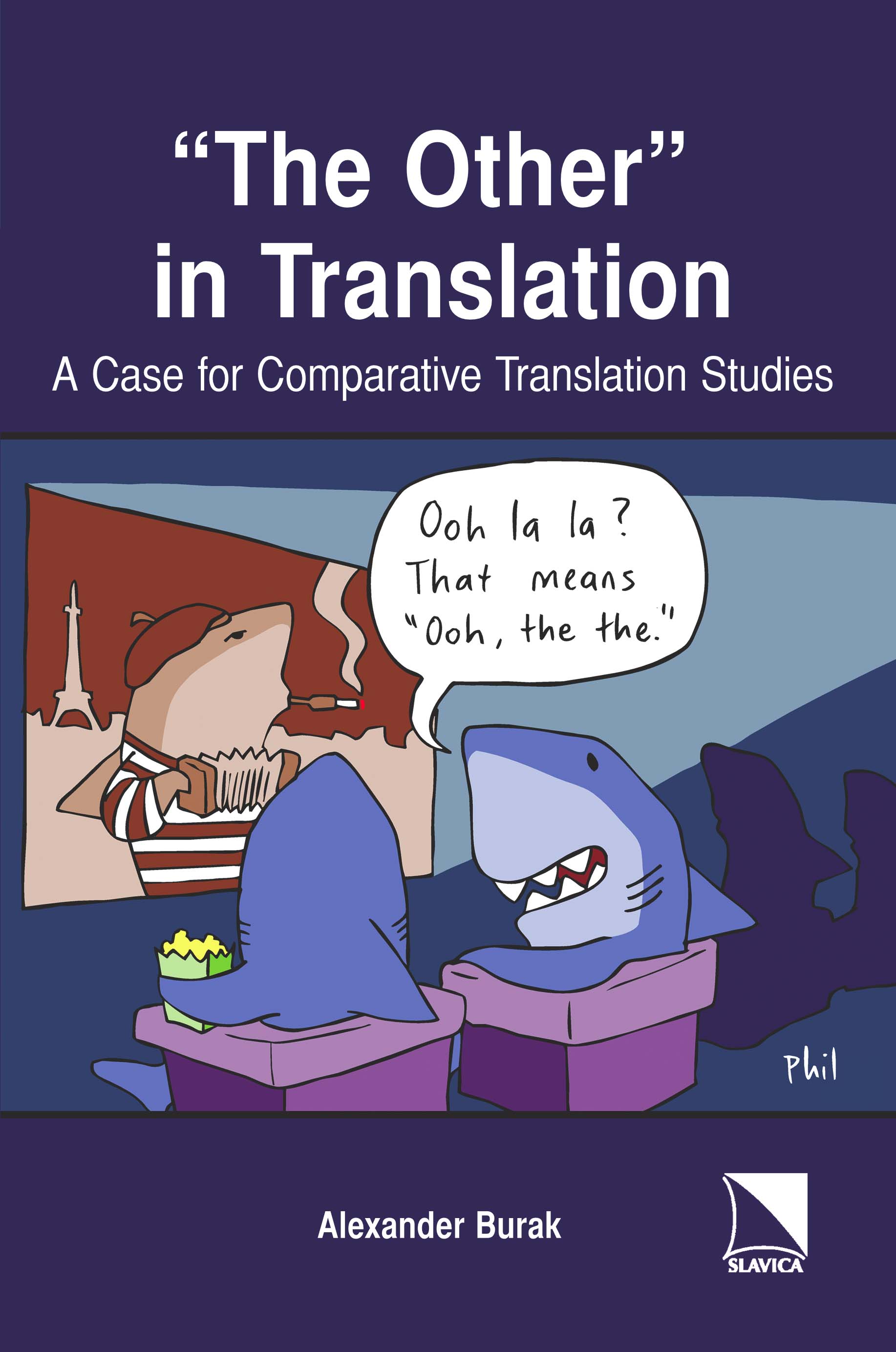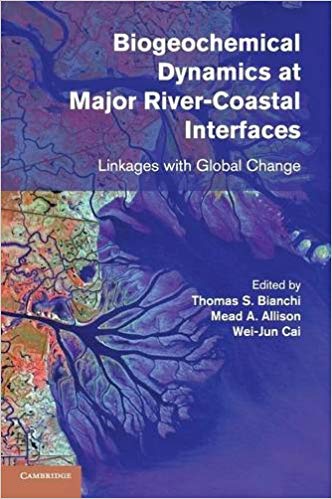
“The Other” in Translation: A Case for Comparative Translation Studies
Alexander Burak, Assistant Professor of Russian. Available from Amazon.
In The Other in Translation: A Case for Comparative Translation Studies, Alexander Burak brings theorists and practitioners together and discusses ways of resolving specific translation problems on the basis of middle-range theories (Merton s term) relating to word and sentence semantics and text pragmatics. The middle-range solutions are considered from the perspectives of neutralization, domestication (naturalization), contamination, foreignization, and stylization as modes of negotiating the other in translation. The author uses six concrete case studies to consider some accursed problems ( the untranslatable ) of Russian English translation. Burak advocates comparative translation discourse analysis (CTDA) as a way of capturing and negotiating the fluid nature of the textual and extra-textual other. Besides providing a realistic, usable methodology for comparative translation discourse analysis, Burak also shows how different translators often initiate significant cultural change. The comparative translation studies contained in the book provide us with additional tools to monitor and analyze cultural change. The book is meant primarily for Russian-to-English and English-to-Russian translators and students of translation with some knowledge of Russian, but it will also be useful to advanced Russian language learners and Russian heritage speakers.

Biogeochemical Dynamics at Major River-Coastal Interfaces: Linkages with Global Change
Thomas S. Bianchi
Thomas S. Bianchi, Professor of Geology and Jon L. and Beverly A. Thompson Endowed Chair of Geological Sciences. Available from Barnes & Noble.
This volume provides a state-of-the-art summary of biogeochemical dynamics at major river-coastal interfaces for advanced students and researchers. River systems play an important role (via the carbon cycle) in the natural self-regulation of Earth’s surface conditions by serving as a major sink for anthropogenic CO2.
Approximately 90 percent of global carbon burial occurs in ocean margins, with the majority of this thought to be buried in large delta-front estuaries (LDEs). This book provides information on how humans have altered carbon cycling, sediment dynamics, CO2 budgets, wetland dynamics, and nutrients and trace element cycling at the land-margin interface. Many of the globally important LDEs are discussed across a range of latitudes, elevation and climate in the drainage basin, coastal oceanographic setting, and nature and degree of human alteration. It is this breadth of examination that provides the reader with a comprehensive understanding of the overarching controls on major river biogeochemistry.